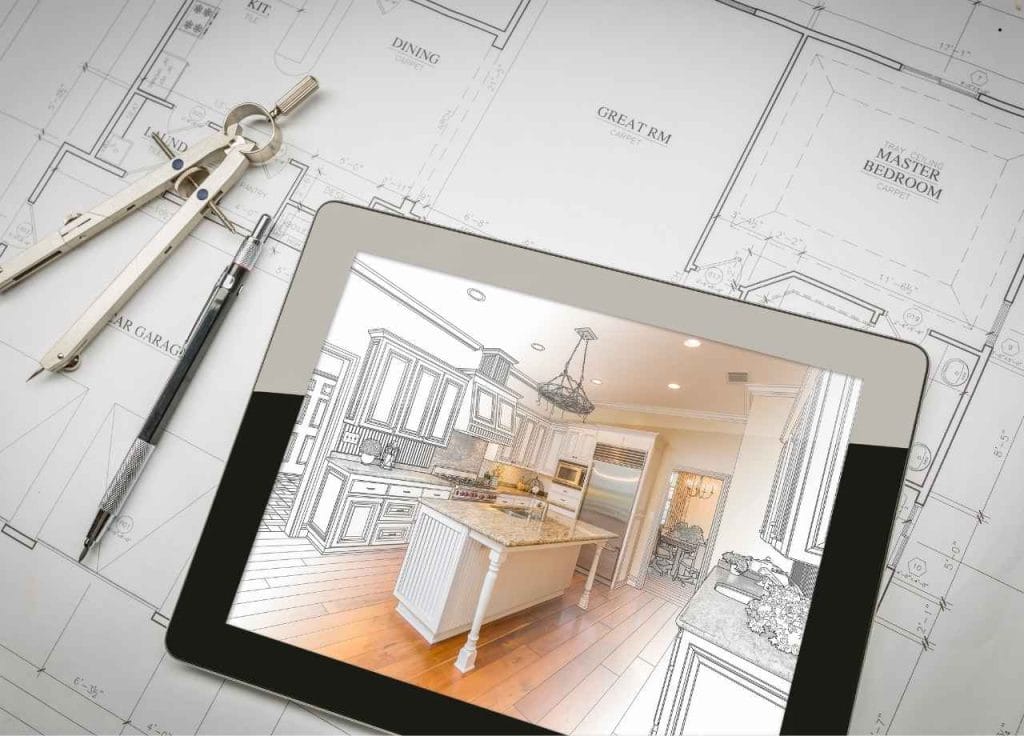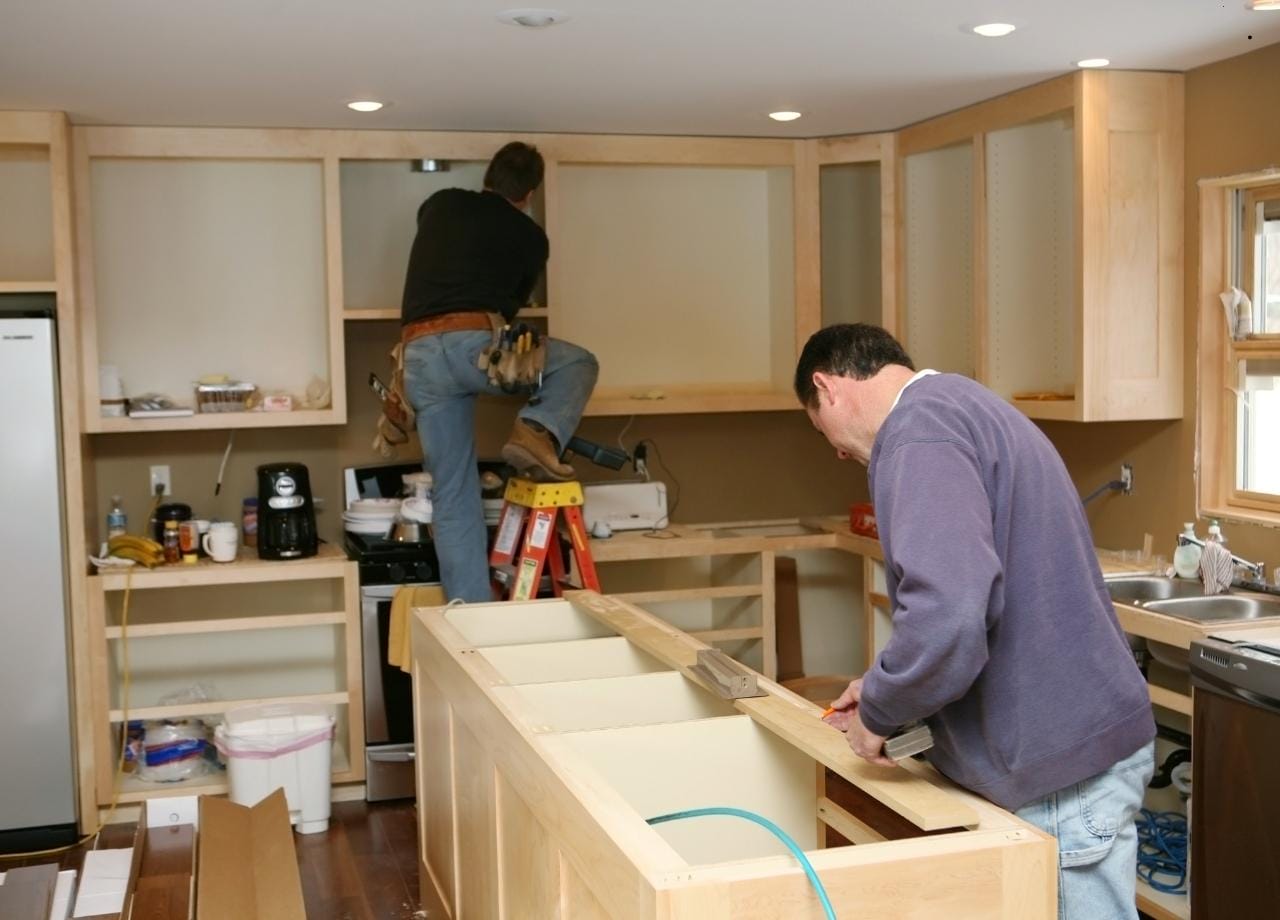Remodeling a kitchen is one of the most rewarding home improvement projects, but it also brings more disruption than most people expect. The kitchen is the heart of the home—used multiple times a day for cooking, gathering, and daily routines—so proper planning is essential. Without it, delays, cost overruns, and unnecessary stress become more likely. If you’re in the Jacksonville or St. Augustine area, First Coast Contracting can assist with expert remodeling guidance, design planning, and execution to keep everything on track.
Table of Contents
Set Clear Goals and Priorities
Before choosing cabinet colors or browsing countertop options, focus on what you want this remodel to accomplish. Are you trying to create more storage? Do you need better workflow for cooking? Is your priority resale value or long-term use?
Create a list of must-haves, followed by nice-to-haves. This will help you make quick decisions later when your budget or layout options force a compromise. If more than one person is involved in the remodel, make sure you’re aligned on these priorities early.
Define the Budget and Build a Cushion
Set a firm budget, but understand that remodeling costs can shift quickly. Materials, labor availability, and hidden problems (like plumbing issues or subfloor damage) often add up. A well-planned kitchen remodel typically ranges from 5% to 15% of your home’s value, depending on the size and scope.
Plan for a contingency fund of 15% to 20% of your total budget. This reserve helps you avoid panic decisions if something unexpected comes up—and in remodeling, something almost always does.
Plan the Layout in Advance
Before demolition begins, finalize your kitchen layout. Whether you’re keeping the existing footprint or tearing down walls, you need to account for traffic flow, storage needs, appliance sizes, and cooking habits. Work triangles (sink, stove, refrigerator) are still helpful as a concept, but modern kitchens often favor zone-based layouts.

If you’re making layout changes, consult with your contractor early to ensure everything lines up with your plumbing, gas, and electrical systems. Making these decisions after cabinets are ordered can lead to major delays and costly fixes.
Decide What to Keep and What to Replace
A full remodel doesn’t mean every piece has to be new. Evaluate what can stay, such as appliances, flooring, or cabinet boxes that can be refaced. This helps with both budget control and timeline.
However, be honest about the condition and style of what you’re keeping. Saving a 15-year-old refrigerator might mean compromising the layout or aesthetic. Always weigh the trade-off between savings now and headaches later.
Order Materials Early
Material lead times have improved in recent years but delays still happen, especially with custom items. Cabinets, specialty hardware, high-end lighting, and appliances should be ordered well before demolition begins.
Store everything safely and check each item as it arrives. Missing or incorrect components cause hold-ups, and reorders can take weeks. Having everything on-site or confirmed to arrive before starting demolition reduces the risk of costly downtime.
Set Up a Temporary Kitchen
A kitchen remodel often means weeks without access to your stove, sink, or dishwasher. Setting up a temporary kitchen will make day-to-day life far easier.
Choose a spot with access to water and power—like a laundry room or garage. Include a small table, microwave, coffee maker, mini-fridge, and a portable cooktop or toaster oven. Use storage bins for utensils and pantry items. Stock up on disposable plates and utensils to minimize cleanup.
If you have a grill, plan for outdoor cooking during good weather. Some families even plan to schedule the remodel around the mild seasons so they can cook and eat outside.
Protect the Rest of Your Home
Demolition and construction are messy. Dust can find its way into closets and HVAC vents across the entire house. Contractors will lay down floor protection and plastic barriers, but you should also move or cover valuables and electronics in adjacent rooms.
Close off unused vents, seal doorways with plastic, and move pets to another area of the home or temporarily off-site if the noise and disruption will be intense.
Coordinate with Your Contractor on Schedule and Access
Good communication with your contractor is key to a smooth remodel. Before the project begins, discuss:
- Daily start and end times
- Which doors or entries workers will use
- Parking preferences
- Where tools and materials can be stored
- Any days the crew should not be on-site
Keep a printed or digital calendar of the project milestones and ask for updates at least weekly. Delays happen, but knowing what to expect reduces surprises.
Prepare for Decision Fatigue
Kitchen remodels involve a surprising number of decisions. From grout color to cabinet pulls, the options can be overwhelming. If you make too many decisions under pressure, you’re more likely to choose something you’ll regret.

Try to finalize as many choices as possible before demolition begins. Use a shared digital folder or physical binder to keep samples, receipts, design plans, and contact info organized. Stay ahead of upcoming decisions by asking your contractor what will need to be chosen next.
Understand Permit and Inspection Requirements
Kitchen remodels often involve electrical and plumbing changes, which require permits and inspections. A reputable contractor will manage this process, but it’s good to ask what is required and when inspections will occur. Unpermitted work can affect resale value and homeowner insurance, so don’t cut corners here.
Some projects might also trigger updates to code-compliant outlets, ventilation, or energy-efficiency standards. Understanding what the local building department expects helps you plan for both time and cost.
Get Ready for the Finish Work
Once major installations are complete, the punch list phase begins. This includes final painting, adjusting cabinet doors, installing backsplashes, and adding hardware. These finishing details often take longer than expected.
Schedule time to walk through the space with your contractor and note any items that need attention. Small issues can be fixed more easily now than after the crew moves on.
Stay Flexible, but Stay Involved
Even the best-planned remodel will hit a few snags. Weather delays, supply issues, or a surprise inside the walls can push the timeline. Stay flexible, but stay involved.
Being available for questions and decisions helps the crew stay productive. Regular check-ins with your contractor also build trust and catch potential issues early.
A successful kitchen remodel starts with preparation. Thinking through the logistics, planning your space, and working with experienced professionals helps turn the disruption into an upgrade that adds comfort, function, and long-term value. If you’re preparing to remodel and want to work with a team that understands both design and construction, First Coast Contracting is here to help.


